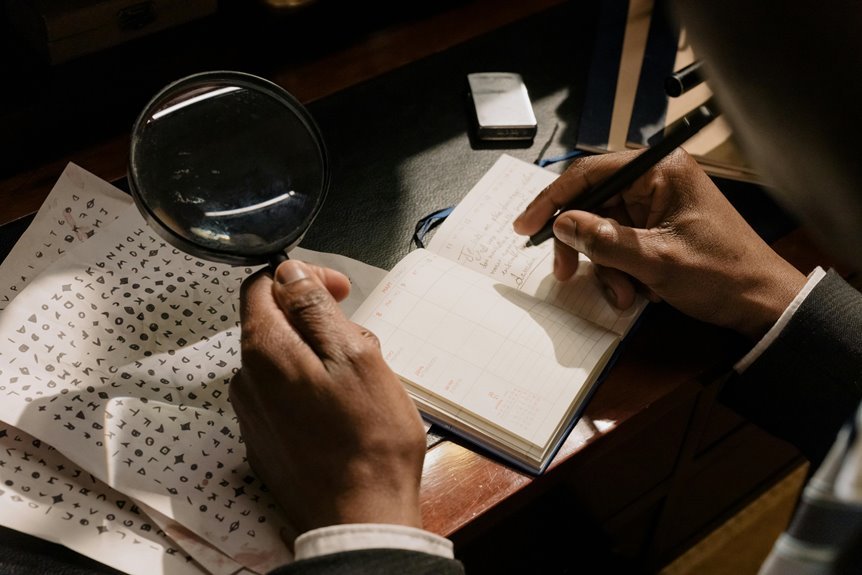Sports Harmonicode: Decoding the Sports Code

In the realm of athletics, non-verbal communication plays a crucial role in shaping interactions among players and between teams. Body language, subtle cues, and silent signals often dictate team dynamics and influence performance outcomes. These elements extend beyond mere gestures; they encapsulate cultural nuances and individual expressions. As teams strive for cohesion, understanding this silent language becomes essential. What unspoken messages lie beneath the surface, waiting to be uncovered?
The Role of Non-Verbal Communication in Sports
In the dynamic realm of sports, a significant portion of communication occurs beyond spoken words, often through non-verbal cues.
Silent signals and intuitive gestures play a crucial role in conveying strategies, emotions, and intentions among athletes. This form of communication fosters a deeper understanding and connection within teams, allowing for seamless collaboration and enhanced performance.
Ultimately, it empowers athletes to express their individuality while maintaining unity.
Understanding Body Language and Its Impact on Performance
While athletes may often focus on physical training and strategy, understanding body language emerges as a vital component of performance.
Body signals convey emotions and intentions, influencing both personal and team dynamics. Recognizing these cues can lead to performance enhancement, allowing athletes to adapt and respond to situational changes effectively.
Thus, mastering body language is essential for achieving peak athletic performance.
Cultural Influences on Team Dynamics and Fan Interaction
How do cultural backgrounds shape interactions within a sports team and its fanbase?
Cultural rituals profoundly influence team identity and regional loyalty, fostering unique dynamics among players and supporters.
These shared traditions enhance fan engagement, as communities rally around their teams, celebrating victories and mourning defeats together.
Ultimately, the interplay of culture establishes a rich tapestry that defines both team spirit and fan experience.
Conclusion
In the intricate tapestry of sports, non-verbal communication often serves as a silent conductor, orchestrating team dynamics and enhancing performance. Coincidentally, as athletes decode these subtle signals, they not only elevate their game but also forge deeper connections with teammates and fans alike. This interplay of body language and cultural nuances reveals a universal language that transcends words, beckoning audiences to appreciate the profound impact of these unspoken interactions in the world of athletics.




